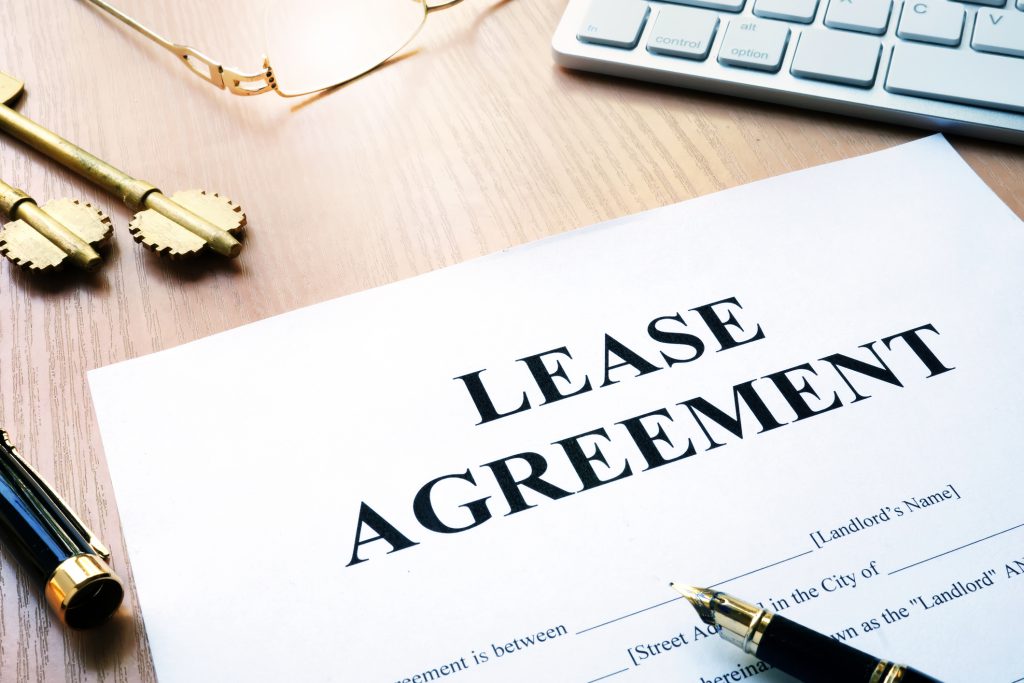Definition: After-hours HVAC is the delivery and maintenance of a facility’s heating and air-conditioning services, outside regular operating hours, for the benefit of a tenant. Tenants pay an hourly rate (usually specified in a lease) for any costs associated with after-hours HVAC operation. After-hour times normally include evenings, weekends and holidays.
After-hours HVAC goes by different names in different markets. For example, in the U.S. it’s sometimes referred to as “overtime HVAC.” Some landlords may use the term “after-hours air conditioning” in a lease or shorten it to “after-hours air con” or “AHAC.”

AHAC: A Response to Changing Workplaces
Social and technological forces have changed the workplace over the last decade. Millennials are now the largest generation in the U.S. workforce. AI and automation are driving increased productivity. The Internet of Things (IoT) is fueling smart building design, and the COVID lockdown kickstarted a revolution in remote working. The standard 9-to-5 work day is behind us, replaced by hybrid schedules, teleconference meetings, and a more remote workforce.
These social and technological changes accelerated specific trends within facility management and building design. These include a move to more flexible workspaces, the integration of “smart” tech and the push for sustainable design. It is out of this demand for more work and building flexibility that services like after-hours HVAC emerged.
Today it’s commonplace in the FM industry to provide tenants with lighting and HVAC services outside of normal operating hours. In turn, firms use this flexibility to expand work hours, hold company meetings and host special events.
Charging for AHAC
Usually the first question a property owner asks is “How much do I charge?” Most tenants and/or their lease advisors insist that AHAC charges represent a reasonable estimate of the “actual cost” for providing after-hours service. But what is the actual cost of operating an HVAC system for one hour? Calculating a “reasonable” estimate is often difficult because HVAC systems are complex. In addition to electricity, they also require water, gas or oil to operate. Then there’s wear-and-tear of equipment, staffing, elevators, car parks and other costs to consider.
To keep things simple, some FMs determine a fixed rate based on the electricity, depreciation and a small percentage to cover “admin” costs. Other landlords avoid the hassle altogether and include the estimated cost within the monthly rent. While there are AHAC calculating best practices, the best approach is one that balances accuracy with simplicity.
Billing Strategies
Billing tenants for AHAC takes several forms. Most property managers start the billing cycle the day they execute the lease. AHAC hours are charged at the agreed rate and billed to the tenant if and when they make a request. Other FMs may allot a number of free overtime AC hours for the term of the lease (e.g., 300 hrs for 5 years). In that instance, an AHAC charge begins only when the tenant exceeds those cumulative free hours.
FMs can bill tenants for AHAC on a monthly, quarterly or yearly basis. After-hours HVAC charges are always billed separately from normal operating hour utility expenses to avoid double charging tenants.

Lease Stipulations
Lease stipulations are common within AHAC tenancy agreements. Some lease clauses may further define AHAC times by listing specific holidays or “dates of observation.” Other provisions set limits on tenant usage to protect the landlord against unexpected costs. For example, most property owners include a provision that allows an annual review and adjustment of AHAC rates based upon current utility costs. This is to protect the landlord against the volatility of energy prices.
To assure quality service, the majority of leases also require that tenants give a 24 or 48-hour notice. The stipulation ensures engineering staff have enough time to carry out the request. There’s also a practical reason. Every HVAC system requires a start-up time to bring the property to the standard temperature (e.g. 22°C/72°F). Notices help give the system enough lead time to ramp up. Start up times are also why landlords stipulate a minimum service time of one hour. Scheduling the HVAC system for only 30-minutes wouldn’t likely cover the actual cost of operation.
Scheduling
There are several ways to request AHAC services. Many programs have tenants create a work order or similar request via a tenant portal. Maintenance staff then program beginning and ending times along with the dates requested. The tenant then arrives at the property on the scheduled day and time.
Other properties equip each floor or tenant space with its own controls, usually a switch or button-operated interface. Occupants have control and can “order” after-hours AC or heating simply by turning the system off and on. Software then records the time and duration and charges the tenant accordingly.
Forward-looking facilities use after-hours automation software that give tenants more control of the scheduling process. Tenants make their AHAC requests through a smartphone app or web browser. The software then programs the system to operate at the desired time, date and duration. These programs cut down on staff time and increase scheduling flexibility.

